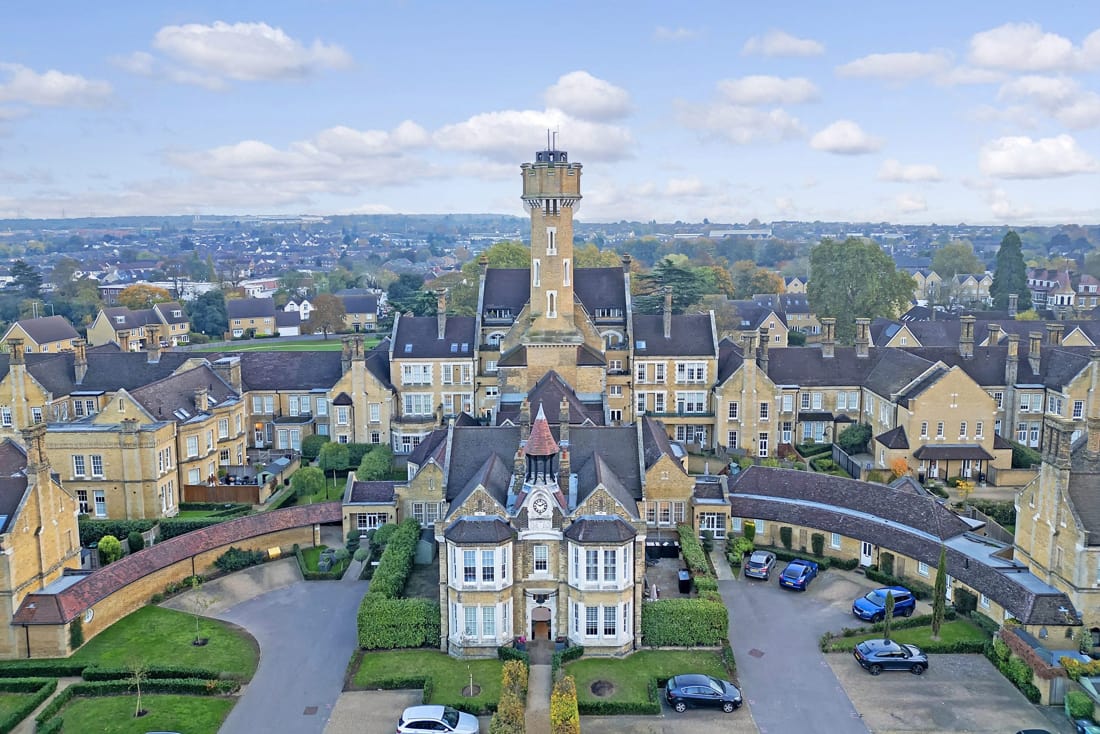Dartford Stone Structural Calculations: Engineering Stability in Historic and Modern Construction
Nestled along the southeastern edge of Greater London, Dartford is a town steeped in both industrial legacy and architectural heritage. Among its many defining materials, stone stands as a timeless component of construction—used in both historic ecclesiastical buildings and newer developments aiming to reflect traditional aesthetics. As Dartford continues to evolve through regeneration projects, loft conversions, and housing extensions, the role of structural calculations for stonework has become ever more significant.
Whether revitalising a period property near the Dartford Heath or designing a contemporary façade near Stone Crossing, accurate stone structural calculations are crucial to ensuring safety, compliance, and structural longevity.
Understanding the Unique Role of Stone in Construction
Unlike steel or reinforced concrete, stone is a natural, non-homogeneous material. Its load-bearing capacity, susceptibility to weathering, and interaction with mortar joints make it both a beautiful and challenging element in structural engineering.
In Dartford and the surrounding Kent area, local stone such as Kentish Ragstone and flint have been used for centuries. These stones offer high compressive strength but often require careful engineering due to their irregular shape and variable strength characteristics.
Modern applications of stone may involve:
- Stone cladding systems
- Structural stone walls and piers
- Load-bearing stone arches
- Retaining walls in landscaping
- Restoration of historic masonry
Why Structural Calculations Are Vital for Stone in Dartford
In an area like Dartford—where old meets new—structural calculations serve a dual purpose: ensuring the integrity of new builds and protecting the historical integrity of existing stonework.
Some key reasons why structural calculations for stone are essential:
- Load Distribution: Stone has excellent compressive strength but poor tensile strength. Calculations are needed to ensure that loads are distributed vertically and not exerting undue lateral force.
- Settlement Analysis: Especially for mixed-material buildings, engineers must calculate how stone elements settle over time compared to adjacent materials like timber or concrete.
- Thermal Expansion and Freeze-Thaw Cycles: Dartford’s seasonal climate necessitates considerations for how temperature changes affect stone performance, particularly with moisture penetration and expansion joints.
- Structural Integration: When integrating stone into steel or timber frameworks, precise calculations ensure load paths remain uninterrupted and that anchoring systems can bear the combined load.
- Compliance with British Standards: All stone calculations in Dartford must align with Eurocode 6 (EN 1996) for masonry and BS 5628 where applicable.
Common Stone Structural Scenarios in Dartford
1. Residential Extensions Using Stone Façade
Many homeowners in Dartford’s leafy suburbs, such as Wilmington and Joyden’s Wood, opt for traditional stone aesthetics in modern extensions. Structural engineers must calculate:
- Dead and live loads for stone veneer systems
- Anchorage and cavity wall tie specifications
- Wind loading effects on vertical façades
2. Reconstruction of Historic Masonry
Dartford’s historical structures—like churches or 18th-century homes—often require structural assessments before repair or refurbishment. Here, engineers may perform:
- In-situ strength testing of existing stones
- Analysis of mortar condition and bond strength
- Structural modelling of arches, buttresses, and parapets
3. Retaining Stone Garden Walls
In hilly areas near Dartford Heath, landscaping frequently involves stone retaining walls. Calculations must consider:
- Earth pressure (active, passive, and surcharge)
- Wall thickness, batter, and drainage
- Sliding, overturning, and bearing capacity factors
Key Elements of a Stone Structural Calculation Report
When commissioning structural calculations for a stone structure in Dartford, clients—whether homeowners, developers, or conservationists—should expect the report to include:
- Material Properties: Type of stone, compressive/tensile strength, modulus of elasticity
- Load Analysis: Dead load, live load, wind load, seismic load (where applicable)
- Design Calculations: Stress distribution, deflection, shear force and bending moments
- Structural Diagrams: Cross-sections, elevation views, load paths
- Compliance Notes: Alignment with BS and Eurocode standards
- Recommendations: Reinforcements, damp proofing, anchoring techniques
Regulatory Landscape in Dartford
All structural work in Dartford must conform to Dartford Borough Council’s Building Control standards. Structural calculations are typically required when:
- Modifying load-bearing walls
- Adding new stone extensions or walls
- Replacing or reinforcing stone elements in listed buildings
- Creating stone garden walls over 1.5 metres (or adjacent to highways)
In conservation zones—such as areas around the Holy Trinity Church—additional scrutiny from heritage officers means your calculations may also require historic building assessments and sympathetic design solutions.
Challenges Specific to Dartford and How Engineers Overcome Them
– Soil Variability: Dartford’s subsoil can range from clayey deposits to gravel layers, affecting the bearing pressure and requiring tailored foundation designs for stone structures.
– Historic Modifications: Many older buildings in Dartford have been retrofitted over the years, leading to complex load paths that necessitate advanced structural modelling.
– Flood Risk Zones: Proximity to the River Darent means certain stone retaining structures or basement walls must be engineered to resist hydrostatic pressure.
Engineers in Dartford increasingly use tools like finite element analysis (FEA) and digital photogrammetry to evaluate and simulate stone behaviour in complex load conditions.
Conclusion
Stone is more than just a building material in Dartford—it’s a legacy. From medieval chapels to modern garden walls, it continues to shape the town’s architectural identity. However, with its aesthetic charm comes engineering responsibility. Proper structural calculations ensure that every stone placed is secure, compliant, and ready to stand the test of time.
For developers, homeowners, or conservationists in Dartford looking to incorporate or repair stone structures, partnering with a qualified structural engineer with local experience is not a luxury—it’s a necessity.



No responses yet